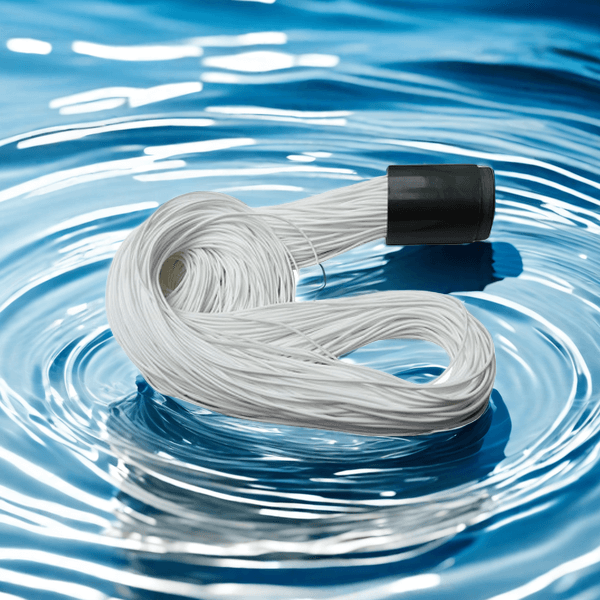What are the technologies for nitrogen and phosphorus removal in sewage treatment?
In the process of sewage treatment, denitrification and phosphorus removal are crucial steps aimed at reducing the nitrogen and phosphorus content in water bodies and preventing eutrophication. The following are commonly used technologies for nitrogen and phosphorus removal in wastewater treatment:
1、 Biological nitrogen and phosphorus removal technology
Nitrification denitrification method: This is the most commonly used biological denitrification method. Under aerobic conditions, ammonia nitrogen is oxidized to nitrate through nitrification reaction; Under anaerobic conditions, nitrate is reduced to gaseous nitrogen through denitrification reaction and removed from water. This method can effectively reduce the nitrogen content in wastewater.
Anaerobic anoxic aerobic method (A2/O method): This is an effective biological phosphorus removal method. By alternating the anaerobic and aerobic stages and utilizing the excessive phosphorus absorption characteristics of activated sludge, phosphorus accumulating bacteria gain an advantage in the substrate competition of the treatment system. This method can significantly improve the phosphorus removal efficiency of wastewater and significantly reduce the phosphorus concentration in the effluent.
2、 Chemical denitrification and phosphorus removal technology
Chemical denitrification method: By adding chemical agents such as iron sulfate, aluminum sulfate, etc., nitrogen pollutants in wastewater undergo a chemical reaction and are converted into nitrogen for discharge. This method is suitable for treating high concentration nitrogen-containing wastewater.
Chemical phosphorus removal method: By adding chemical agents such as polyaluminum chloride (PAC) and reacting with phosphate in wastewater, insoluble phosphate precipitates are generated to achieve the purpose of phosphorus removal.

3、 Physical chemical denitrification and phosphorus removal technology
Adsorption phosphorus removal method: By utilizing the adsorption performance of specific materials, phosphorus in wastewater is adsorbed onto the surface of the materials. This method is easy to operate and suitable for the treatment of low concentration phosphorus containing wastewater.
4、 Membrane denitrification technology
Including reverse osmosis (RO), gas permeation (GO), etc. These technologies utilize the selective permeability of membranes to remove nitrogen from wastewater. Although these methods have advantages in treatment efficiency, they are costly and suitable for situations with extremely high requirements for effluent quality.
In summary, sewage treatment denitrification and phosphorus removal technologies include various methods such as biological, chemical, physical chemical, and membrane methods. In practical applications, appropriate treatment methods should be selected based on factors such as the specific composition of wastewater, treatment requirements, and economic benefits. With the advancement of technology and the increasing demand for environmental protection, more efficient and environmentally friendly sewage treatment technologies will emerge in the future.
